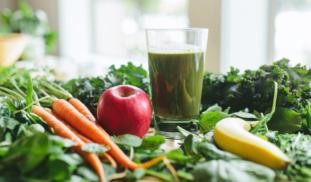Please wait...
About This Project
In the United States, hunger is commonplace. 42 million Americans struggle to get the healthy foods they need. We want to find a solution. This study will provide a convenient, nutrient-rich meal called Nosha to food pantry shoppers. The study will assess whether access to Nosha supports food security, protects resources, and contributes to the health of this at-risk population. Our findings may offer a new strategy towards closing America's widening nutrition gap.

Browse Other Projects on Experiment
Related Projects
A nurse-led program to fight diabetes related complications in Ethiopia
In Ethiopia, 9 out of 10 diabetes patients cannot control their blood sugar. We designed a nurse-led counselling...
Managing Life with Chronic Urine Leakage and Stigma: What Do Women in Ghana Think About an Innovation to Support Coping?
Women with obstetric fistula experience chronic leaking urine, leading to stigma, isolation, and loss of...
Can a Meal Replacement Help Solve Hunger in America?
In the United States, hunger is commonplace. 42 million Americans struggle to get the healthy foods they...





